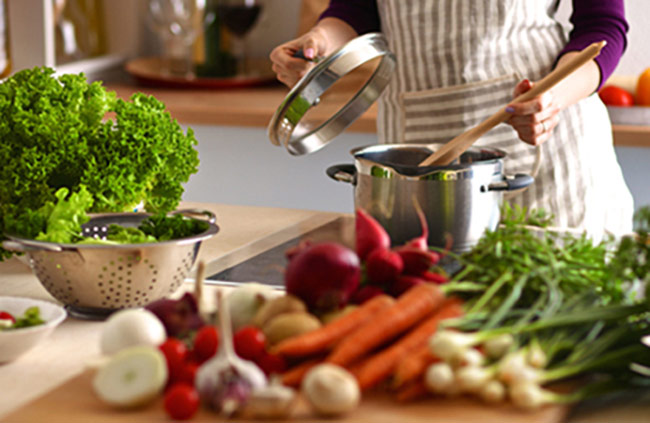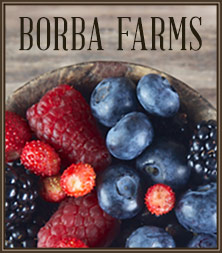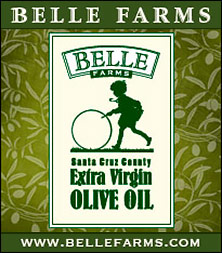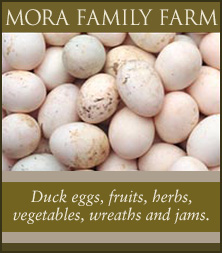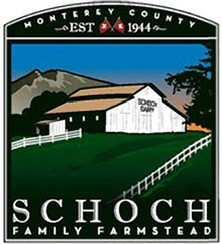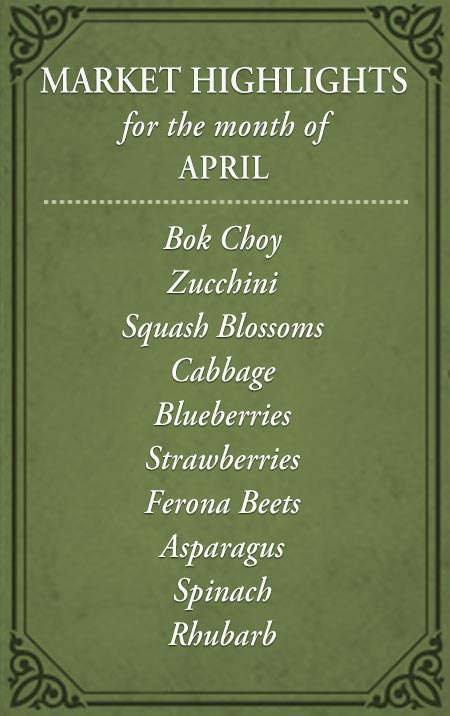Whether you call it ‘stock’ or the trendier term ‘bone broth’ — healthy and flavorful soups start with a nutrient and mineral-rich base of good stock. Bone-based stocks provide calcium, magnesium, silicon, sulfur, phosphorous, and other trace minerals. Stock can be made with leftover bones from dinners or you can purchase bony parts of chicken, turkey, beef, or even fish to make stock.
Cool weather is the ideal time to make a big stock pot for making hearty soups, richly flavored gravies, sauces, and side dishes. Homemade stock is simple to make and the secret to creating great-tasting soups. It adds a depth of flavor to homemade soup that commercially produced stock cannot. In addition to using fresh vegetables, making stock is a resourceful way to use up less-than-perfect vegetables or trimmings. Trimmings can include potato or carrot peels, mushroom stems, parsley stems, onion skins, green onion tops, or the last few cloves of a garlic bulb. However, avoid using vegetables such as Brussels sprouts, broccoli, or cauliflower since their strong flavors may overpower the stock. Use whole spices and herbs, such as peppercorns and bay leaves, since they will strain out more easily than powdered herbs and spices. And don’t forget to save those Parmesan or Pecorino cheese rinds for soup — cheese adds umami to stock.
Save chicken and turkey carcasses, bones, and drippings from a roasted organic chicken or turkey in the freezer for making poultry stock. Use bony parts like backs, wing trimmings, or necks from pastured poultry – these parts are generally less expensive. For a richly flavored stock, season and roast the chicken or turkey parts on a half-sheet pan at 400°F for 45 minutes or so before adding to the stock.
If making beef stock, look for meaty, good-quality bones from pastured beef. Seasoning and roasting the bones before adding them to the stock pot will bolster the flavor. Also, be sure to save leftover bones from holiday prime rib dinners for the soup pot! And don’t forget to freeze the ham bones, too. Adding a ham bone to chicken stock for lentil or split bean soup adds a wonderful dimension of flavor.
The flavor of vegetable stock is greatly enhanced by roasting the vegetables before making stock. Rough chop veggies, place on a rimmed baking sheet, drizzle with olive oil, and season with salt and pepper. Cut off the top of a full head of garlic and roast with the vegetables at 400°F or until the vegetables begin to caramelize and color along the edges.
Stocks may be lightly seasoned with salt or not. Since stocks are used most often for soups and other dishes, some prefer to leave out the salt until the stock is used in the final dish.
Use a stockpot that is tall and narrow, which slows evaporation. To extract the most flavor from your stock ingredients, cover the vegetables and bones with cold, fresh filtered water and simmer slowly. Chicken and meat stocks should be simmered for several hours. Vegetable stocks take less time and are done within an hour.
Once the stock is finished cooking, place the pot in a sink filled with cold water and ice. Stir stock occasionally until the liquid has cooled. Strain the stock and pour it into storage containers, like Mason jars. Store stock in the refrigerator for up to three days, or in the freezer* for up to three months. Don’t worry about defatting the stock prior to storage. Once cooled, the fat will rise to the top and is easily removed.
Try our favorite stocks: Best Roasted Vegetable Stock, Rich Chicken Stock, Hearty Beef Stock, Corn Stock
*If you plan to freeze the stock, be sure to leave enough head space at the top of the container to allow for expansion.
RECIPES: Split Pea Soup, French Onion Soup, Clam Chowder, Tortilla Soup, Asian Corn and Crab Bisque, Artichoke Sourdough Bisque, Classic Leek Potato Soup, Winter Squash Soup with Gruyere Croutons, Spicy Lentil Soup, Cabbage Soup, Roasted Butternut Squash Soup, Cream of Mushroom Soup, Creamy Roasted Cauliflower Soup, Sweet Potato and Kabocha Squash Soup
For the full list of soups, click here.


